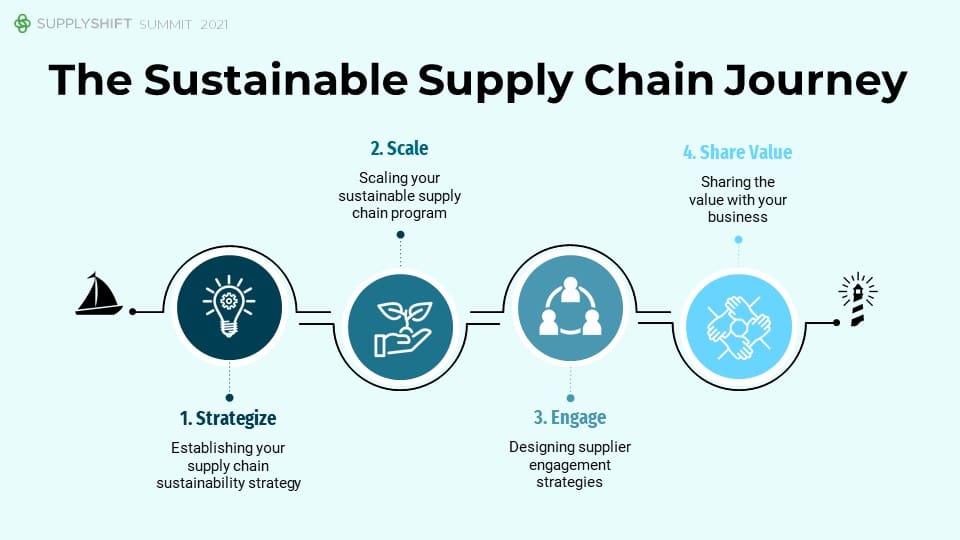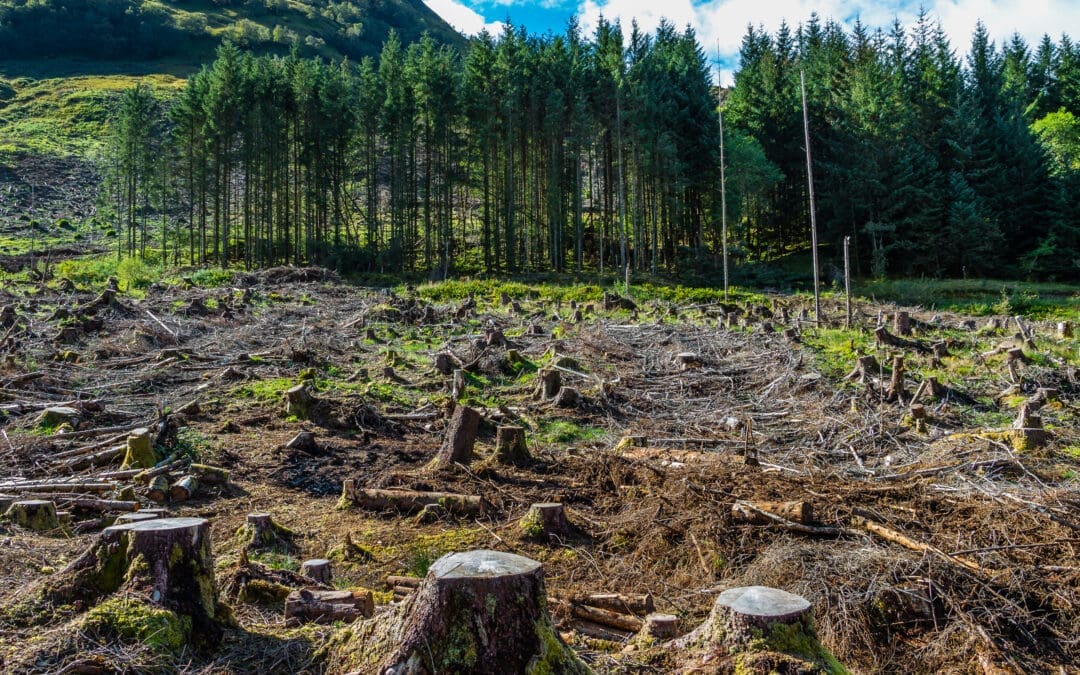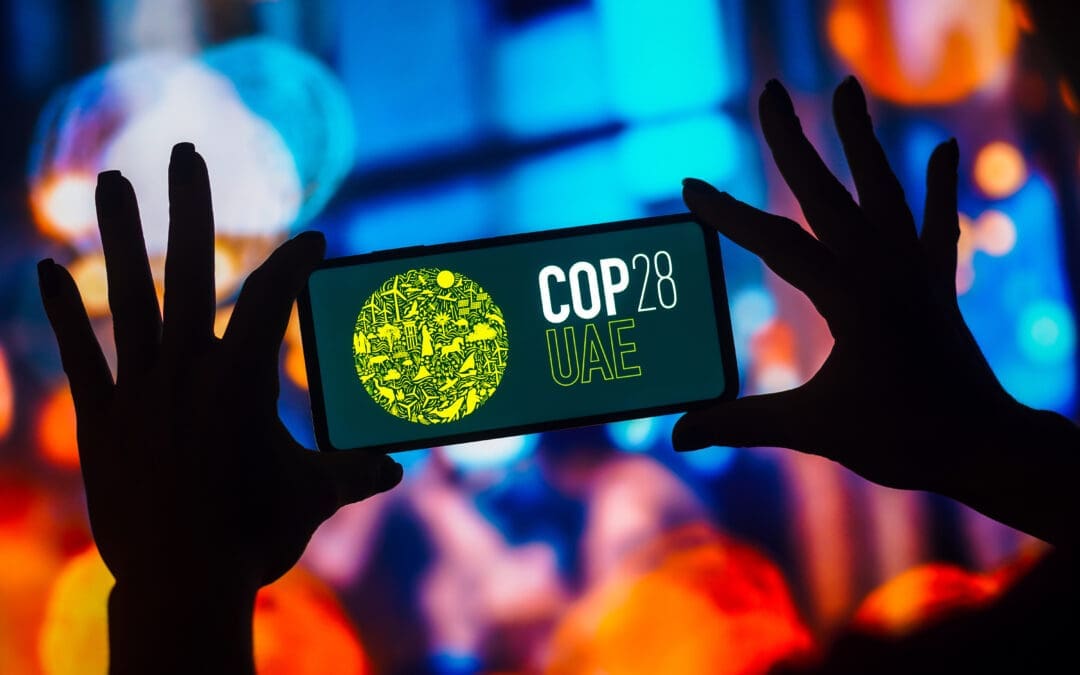On November 2nd – 3rd, SupplyShift held its third annual Summit, joining business leaders from across the world to share their knowledge, lessons learned, and best practices on tackling today’s biggest supply chain sustainability issues. We were honored to host such an incredible roster of speakers for two insightful days of discussion and collaboration.
This year’s event was all about taking action. Our panelists unpacked the four steps of the supply chain sustainability journey, from strategy ideation to supplier engagement, while also taking a deep dive on pressing ESG topics such as Scope 3 emissions, forced labor, diversity, and plastics.
Read on for five core learnings to keep in mind as you continue on your own journey.
Key Takeaways
1) Pre-competitive collaboration is the best way forward.
Sustainability is an existential challenge. It requires us to look beyond competition and come together to cultivate human ingenuity across all sectors and professions. Luckily, as we learned during the Summit, there are already a plethora of industry groups and collaborations working together to build more equitable, resilient supply chains.
Mars’ Supplier Leadership on Climate Transition (Supplier LoCT) coalition is a great example. The coalition, which saw Pepsico and McCormick join for season 1, provides suppliers with tools and resources to develop their own climate action plans.
Recognizing the Supplier LoCT coalition’s scalability and potential for driving lasting industry change, Restaurant Brands International (RBI) put the competitive mental model aside and joined for season 2.
Fabien Arnaud, RBI’s Senior Director of Supply Chain Sustainability, summed it up well during the GHG Deep Dive panel.
“You don’t need to reinvent the wheel. If you have a great program out there, just go find them and tag along.”
Emily King of Emmi Roth gave similar advice to an attendee asking where to start on the supply chain sustainability journey.
“I found somebody that was doing it better, and I asked them how they were doing it.”
In today’s day and age, the benefits of collaboration are well understood. The term itself may even feel overused at times. However, we cannot reiterate enough that businesses shouldn’t go about this alone. Working in silos creates inefficiencies and duplicate efforts, both of which stifle progress on these critical supply chain ESG issues.
Bottom line – find the right folks in your industry to collaborate with and get involved. Need a little inspiration? Check out our roundup of supply chain sustainability collaborations and industry groups.
2) Procurement is in a prime position to drive sustainable change.
A theme that emerged throughout many sessions was the importance of the procurement function in normalizing supply chain sustainability.
Many businesses are struggling with how to scale their responsible sourcing programs. Reflecting on their own experiences, our panelists cautioned against trying to immediately jump to action. Rather, they emphasized the value of first making sustainability a permanent part of your internal procurement processes.
As Khaled Murshed of Novozymes mentioned on day one, “putting money behind an ideal is how you leverage capitalism to drive sustainable change, and procurement is in a prime position to do this.”
Procurement owns the budget, sets sourcing standards, and often directly manages supplier relationships. Procurement professionals can utilize this leverage by formalizing supplier sustainability performance as an additional selection criteria, alongside traditional indicators such as quality and price.
Of course, it’s always easier to take action when there’s already an established movement behind the cause. Consider joining the Sustainable Procurement Pledge (SPP) to connect with other sustainable procurement ambassadors, and get tools and resources to support you along the way.
3) Supplier engagement and capacity building is the next frontier of supply chain sustainability.
Collecting actionable, high-quality data from your suppliers is foundational to supply chain sustainability. However, leading companies are beginning to venture into the more important phase of taking action. What do we do with this data, and how do we actually improve?
Brought up during nearly every session, regardless of the topic, was the importance of not only engaging your suppliers to collect data, but also supporting them with tools, knowledge, and resources to improve. In other words, bringing suppliers along on your journey, whether that’s helping them build ethical labor standards in their factories (such as the Fast Forward program) or working with them to establish SBTs (a season 1 objective of the Supplier LoCT coalition).
When it comes to forging these collaborative supplier relationships, we have some work to do. As Tanya Ashton of Walgreens Boots Alliance pointed out during the Delivering Value for Suppliers session, suppliers are often asked to fill in numerous assessments for customers without getting anything back.
That being said, the industry is moving in the right direction; several organizations are recognizing suppliers’ critical role in the sustainability story and are empowering them to improve.
For instance, in addition to the initiatives mentioned above, we see more and more brands and suppliers using TSC’s THESIS program each year as a way to facilitate buyer-supplier transparency. Another exciting development mentioned by Pierrick Beraud of HSBC is sustainable supplier financing, which removes a key barrier suppliers face in making ESG improvements – access to capital.
For more ideas and best practices on how to meaningfully engage your suppliers on sustainability topics, check out the session, Journey Step 3: Designing Supplier Engagement Strategies, or have a read through our recent blog post.
4) For supply chain sustainability to stick, culture change has to translate into process change.
In addition to the need for pre-competitive, external collaboration, another key learning relates to the need for internal collaboration and baking sustainability into the culture of your business.
As businesses go about this journey, many are re-examining their north stars, hosting inter-departmental workshops, and conducting staff surveys. However, when it comes to embedding responsible sourcing into the DNA of your organization, our panelists argue that culture change alone is not enough. Culture needs to be reinforced by processes, policies, and practices to make a lasting impact.
Some great examples were shared throughout the event. For instance, as the Senior Director of Product Sustainability, Dan Fitzgerald of Stanley Black & Decker simply added sustainability to the organization’s purchasing criteria, alongside price, quality, and speed of delivery.
During the Journey Step 4 session, Holly McHugh shared how Tiffany & Co. has created SOPs to ensure that sustainability is integrated into the business across all departments, from sourcing to marketing. The result? At Tiffany & Co., making the sustainable choice is now hard not to do.
Similarly, Tara Norton walked us through her experience creating a new product development template and oversight board at Navico. For Tara, it came down to integrating more stringent policies into Navico’s internal product development systems.
The common thread connecting all these stories is inter-departmental collaboration and the corresponding removal of silos. Keep this in mind as you go about creating your own responsible sourcing policies and practices.
5) Supply chain sustainability is a journey, but it’s seldom linear.
This year’s Summit was centered around the idea of supply chain sustainability being a journey. To help frame this narrative, we broke the journey into 4 key steps – establishing a strategy, scaling up, engaging your suppliers, and sharing the value with your business. See the graphic below for a quick overview of each step.

The reality is that this journey is rarely so clean and linear. Some organizations may find themselves doing all of these steps at once. Or, they may be loosely following these steps but in a different order. For instance, Khaled of Novozymes found that Step 4 (sustainable procurement integration) was a necessary prerequisite for Step 2 (scaling).
Another situation you may encounter is that some teams or commodities are further along than others. This was the case for over 50% of our Summit attendees. Kathryn Rowe of Wolverine Worldwide shared this sentiment, noting that their leather supply base is quite a bit more advanced on ESG than their other material categories.
Remember, this framework serves as a guide. The trick is to apply it in a way that makes the most sense for your business.
Looking Forward
Thank you again to all of our speakers for sharing their experiences navigating through the sustainable supply chain journey. And of course, thank you for your engaging questions and participation! While there are certainly challenges to overcome, momentum behind supply chain sustainability has never been higher. It’s only a matter of time before responsible sourcing becomes the new status quo.
Looking for more? Access the recording links here for 10+ hours of on-demand coverage from the event. If you would like to know how SupplyShift fits into the supply chain sustainability journey, our door is always open. Get in touch with our team to see how we can help.



